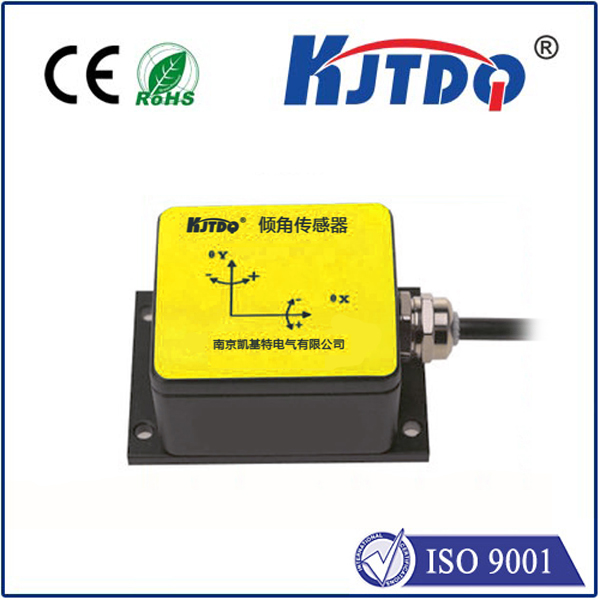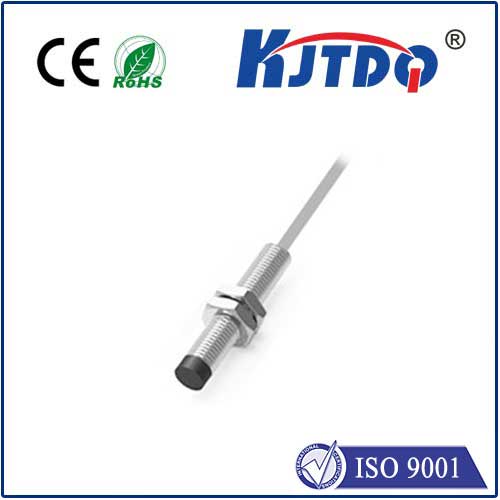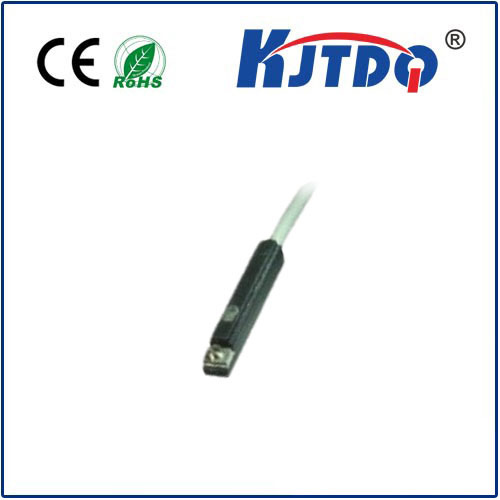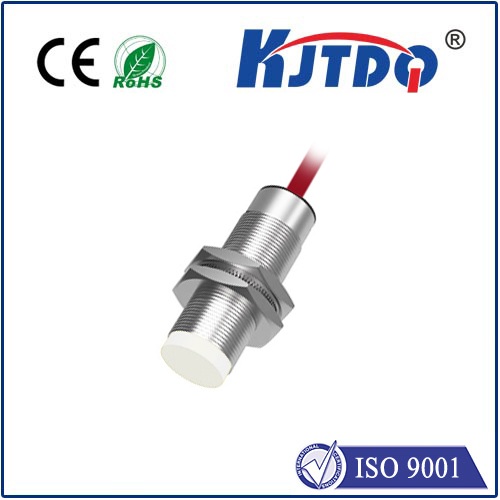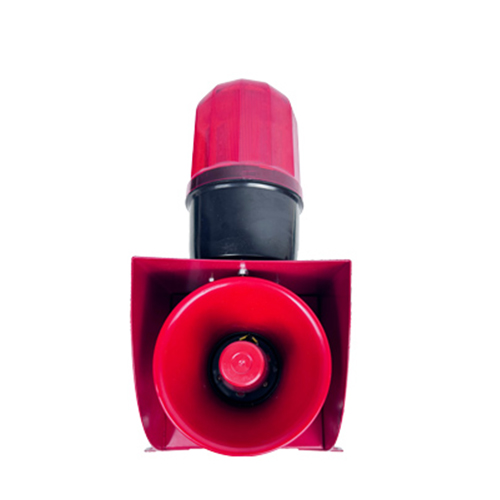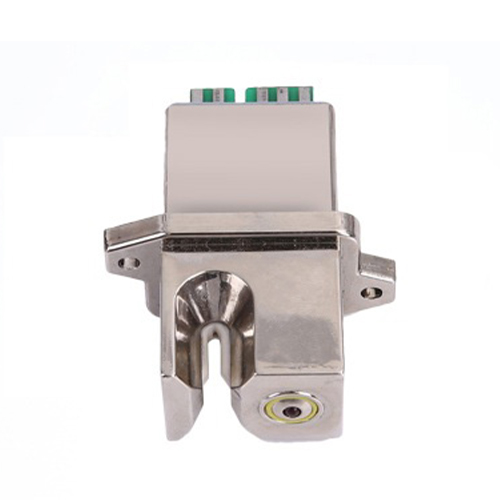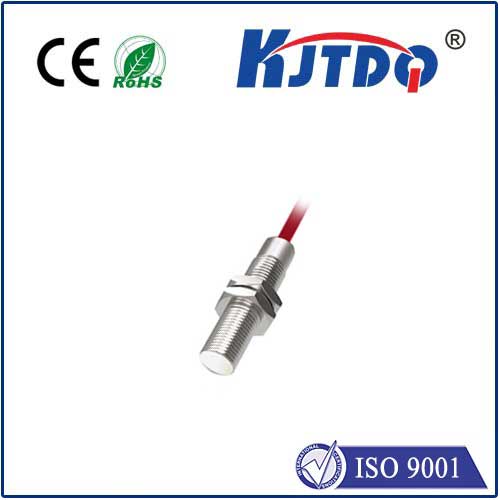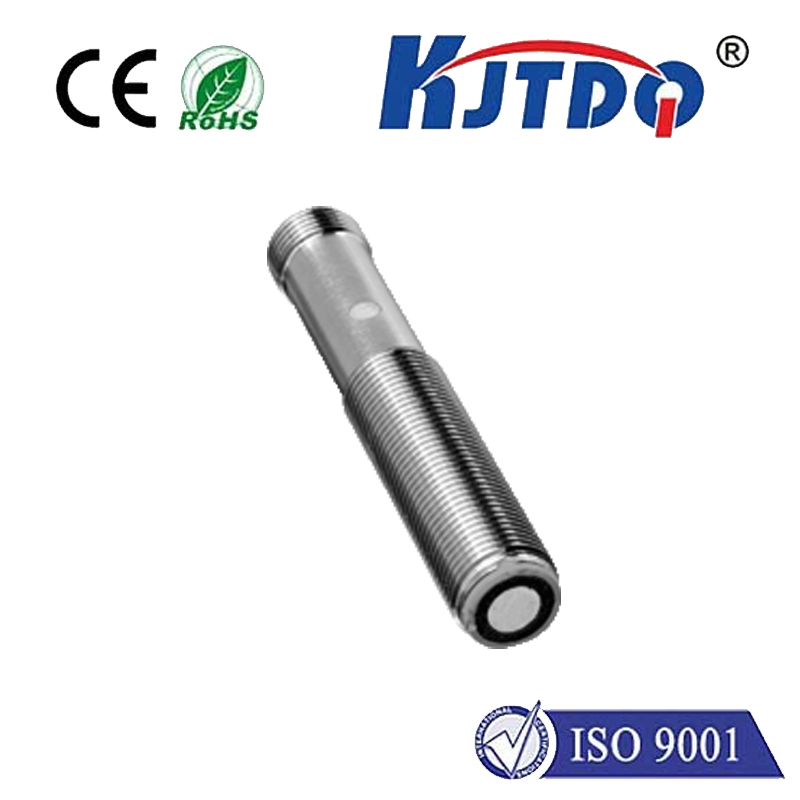optical strain sensor
- time:2025-08-15 01:20:06
- Click:0
Optical Strain Sensors: Illuminating Deformation for Smarter Engineering
Imagine monitoring the subtle groans of a massive bridge under heavy traffic, precisely tracking stress within a jet engine spinning at supersonic speeds, or detecting the earliest signs of fatigue in a critical pipeline buried deep underground. These scenarios demand sensing capabilities far beyond traditional methods. Enter the optical strain sensor, a revolutionary technology transforming how we measure deformation, stress, and structural integrity using the power of light.
What is an Optical Strain Sensor?
At its core, an optical strain sensor detects and measures strain – the deformation of an object relative to its original length – using optical principles. Unlike conventional electrical strain gauges that rely on changes in electrical resistance, these advanced sensors monitor variations in the properties of light traveling through or reflected from an optical fiber or waveguide. This fundamental shift from electrons to photons unlocks significant advantages.
How Do Optical Strain Sensors Work?
Several techniques exist, but Fiber Bragg Grating (FBG) sensors are arguably the most prominent type:

- The Grating: A periodic modulation of the refractive index is inscribed into the core of a specialized optical fiber using intense ultraviolet light.
- Reflecting Light: This grating acts like a selective mirror. It reflects a very specific wavelength of light (the Bragg wavelength, λ_B) while transmitting all others. The Bragg wavelength depends directly on the spacing of the grating periods (Λ) and the effective refractive index (n_eff) of the fiber core: λ_B = 2 n_eff Λ.
- Sensing Strain: When the fiber is stretched or compressed (axial strain), two things happen: the grating period (Λ) changes, and the refractive index (n_eff) changes slightly due to the photoelastic effect. Both factors cause the reflected Bragg wavelength (λ_B) to shift.
- Precise Measurement: An optical interrogator unit shines broadband light down the fiber. It precisely measures the shift in the reflected Bragg wavelength. This wavelength shift (Δλ_B) is directly proportional to the applied strain (ε), along with temperature changes (ΔT): Δλ_B / λ_B = K_ε ε + K_T ΔT. (Where K_ε and K_T are calibration coefficients for strain and temperature respectively). Sophisticated techniques are often used to separate the effects of strain and temperature.
Other methods include long-period gratings, Fabry-Perot interferometers formed within fibers, distributed sensing based on Rayleigh, Raman, or Brillouin scattering, and even surface-applied sensors using optical principles without embedded fibers.
Why Choose Optical Strain Sensing? Key Advantages
The shift from electrical to optical brings a compelling set of benefits:
- Immunity to Electromagnetic Interference (EMI): Crucial in environments saturated with electrical noise, such as power plants, near high-voltage equipment, or on aircraft. Glass fibers don’t conduct electricity and aren’t affected by EMI.
- Intrinsic Safety: Ideal for explosive or flammable atmospheres (oil & gas, mining) as they carry only light signals, eliminating spark risks associated with electrical cabling.
- Long-Distance & Multiplexing Capabilities: Optical signals can travel kilometers with minimal loss. Crucially, multiple FBG sensors can be inscribed along a single fiber at different locations, each reflecting unique wavelengths. This allows dense sensor networks with minimal cabling complexity – a single fiber replaces dozens of wires. Distributed sensing takes this further, enabling continuous strain measurement along the entire fiber length.
- High Resolution and Accuracy: Capable of detecting microstrain (με) levels with high accuracy and stability over time.
- Corrosion Resistance: The primary material (silica glass) is highly resistant to harsh chemicals and moisture, ensuring longevity in demanding environments.
- Small Size, Lightweight, and Embeddability: Optical fibers are extremely thin, lightweight, and flexible, allowing them to be embedded directly within composite materials (e.g., aircraft wings, wind turbine blades, concrete structures) without significantly altering the material’s properties or creating weak points.
- Long-Term Stability: Minimal drift compared to some electrical sensors, making them suitable for permanent structural health monitoring (SHM) systems.
- High Fatigue Endurance: Can withstand many more loading cycles than traditional foil gauges.
Where Optical Strain Sensors Shine: Diverse Applications
The unique advantages of optical strain sensing drive their adoption across numerous sectors:
- Civil Engineering & Infrastructure: Monitoring bridges, dams, tunnels, buildings, and historical structures for stress, overload, settlement, and long-term structural health. Early detection of critical deformation saves lives and resources.
- Aerospace: Embedded within composite airframes, wings, and landing gear to monitor stress during flight testing and for in-service SHM. Tracking engine component strain under extreme conditions is vital. Their lightweight nature is a major plus.
- Energy: Monitoring pipelines for ground movement, third-party interference, and internal pressure. Assessing the integrity of wind turbine blades under dynamic loads. Ensuring the safety of nuclear power plant components. The intrinsic safety is paramount here.
- Transportation: Train bogie monitoring, rail track stress detection, hull strain monitoring on ships and submarines.
- Industrial Processes: Real-time strain monitoring during manufacturing processes like composite layup, curing, and machining for quality control. Monitoring heavy machinery vibration and stress.
- Geotechnical Engineering: Embedment in soil and rock masses to monitor slope stability, tunnel convergence, and dam foundations.
- Biomechanics & Medical Research: Studying strain distribution in bones, implants, or soft tissues.
The Future is Bright
The evolution of optical strain sensing continues rapidly. Key trends include:
- Enhanced Multiplexing: Packing even more sensors onto a single fiber.
- Distributed Sensing Advancements: Improving the spatial resolution, accuracy, and speed of systems providing continuous strain profiles along kilometers of fiber.
- Integrated Sensing Systems: Combining strain measurement with other parameters like temperature, pressure, and acoustic emission using the same optical fiber platform.
- Miniaturization & Cost Reduction: Developing smaller, more robust, and lower-cost interrogators and sensors for wider adoption.
- Smart Structures: Deep integration of optical sensors into materials during manufacturing, enabling truly intelligent structures that self-monitor their condition.
Merging Optical Precision with Engineering Insight
Optical strain sensors represent more than just a technical alternative; they offer a fundamentally different and often superior approach to understanding mechanical deformation. By harnessing the behavior of light within a fiber, engineers gain an unprecedented level of insight into the stress states of critical assets. From ensuring the safety of colossal infrastructure to optimizing the performance of cutting-edge composites and machinery, optical strain sensing delivers critical data where conventional methods fall short – immune to interference, intrinsically safe, and capable of dense, long-range monitoring. As technology matures and costs decrease, the reach of these light-based sentinels will only expand, solidifying their role as indispensable tools for precision measurement and structural health monitoring in our increasingly complex engineered world.












